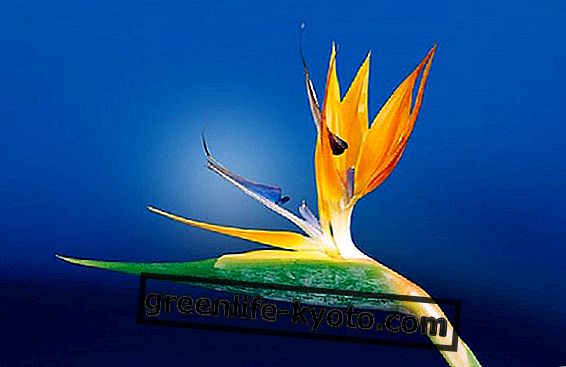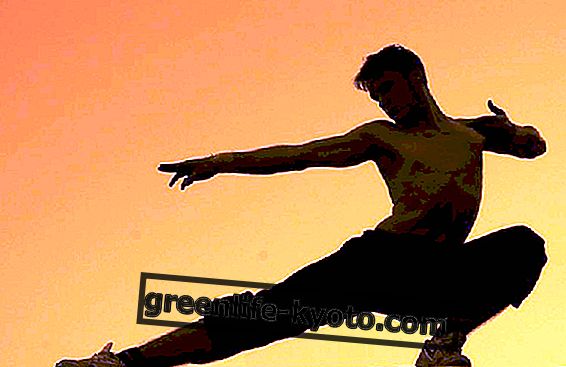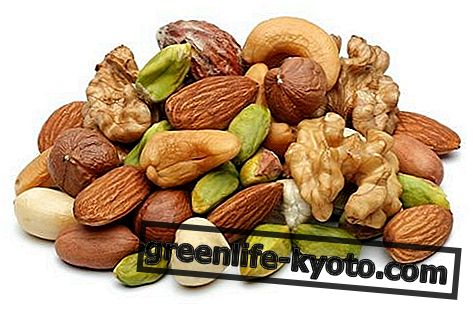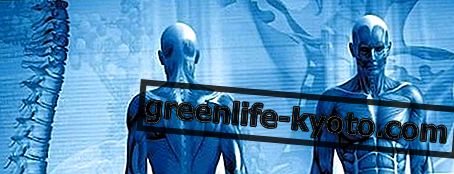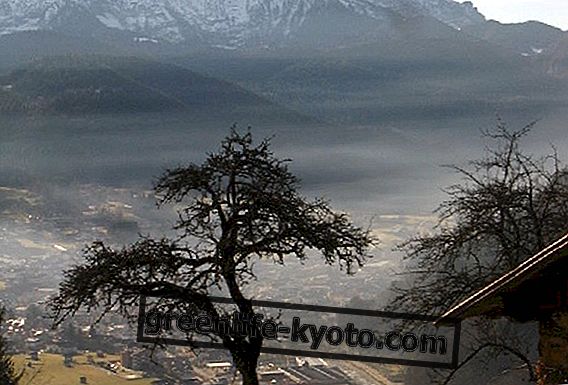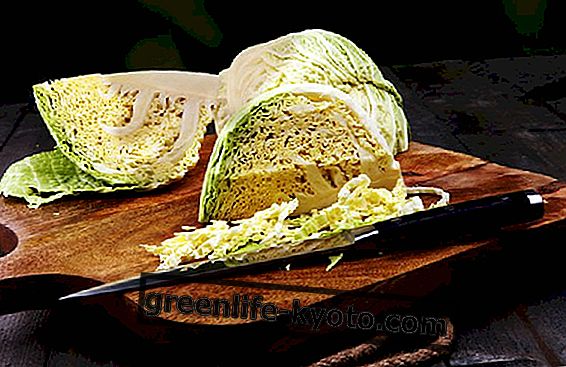
Among all the most important and widespread religions in the world, Hinduism is undoubtedly the one that presents the most complex and numerous system of divinity : fractal, full of interconnected levels, which wink at both mythology and occultism to philosophy.
It is a heterogeneous harmony, where the micro and the macro coexist, oppose and overlap, sometimes combining and letting the secret unity of the divinities glimpse behind the veil of symbols.
In fact, one of the main characteristics of Hinduism is the concept of unity : only an eternal Divine, absolute and infinite exists, and all the forms and names of individual divinities and living beings and not, are but its aspects, temporary, eternal or applicants.
The Divine therefore is not only a transcendent and unrepresentable condition, nor is it limited to being some personal God distant from the world in the presence of which to live.
The Divine is not even limited to being Nature that dominates the multitude of universes we see and live in, nor is it reduced to the individual spark called the soul.
Everything is an aspect of the Divine, and everything can be traced back to it in its personal, cosmic and transcendental aspects.
Tat and Sacchidananda
That being said, there is a systematic list of divinities based on the classical Hindu texts, which help to extricate themselves from the labyrinth of classical Hindu divinities.
At the top of everything there is an indefinable transcendental Tat, literally "that", Absolute without form.
To meet us, Tat is divided into 3 parts, still conceptual, which are actually nuances of the One. It is therefore called Sacchidananda, a way to attribute the first qualities to the Absolute.
It literally means Existence (Sat), Consciousness (Cit), and Bliss (Ananda) .
Below the level of Sacchidananda , personal and not abstract gods begin to appear. The first three, the most important, make up the Trimurti.
The main Hindu pantheon
The Trimurti consists of:
> Brahma, the god of Creation;
> Vishnu, that of preservation;
> Shiva, the god of destruction or reabsorption.
These are three aspects or functions of the Absolute that emanates the universe out of itself, supports it, and transforms and reabsorbs it.
These 3 gods have consorts, corresponding female absolute powers: Sarasvati is the bride of Brahma, Lakshmi that of Vishnu, and Parvati that of Shiva.
Each of these female deities can manifest itself in the form of various specific aspects: Kali, Uma, Durga, Tara and others .
It must be said then that Vishnu has incarnated over time as an avatar, or with a material body to help evolution in times of crisis. The most famous avatars are Rama, Krishna and Buddha .
Finally the various sons and friends of these main deities must be added, among whom it is impossible not to mention Ganesh, with the head of an elephant, and Hanuman, the monkey god .
Vedic deities
Under this Trimurti stands a whole series of divinities dating back to Vedic times, sometimes interpreted too hastily as divinity of the elements, but bearing instead in their symbolisms very deep mystical and psychological elements.
We therefore have:
> Agni, the god of fire and divine will in the human being;
> Indra, king of the gods, god of lightning and of the highest mind;
> Surya god of the sun and divine knowledge;
> Chandra goddess of the moon;
> the Ashvins, the twin horse-head doctors;
> Vayu god of the winds and the breath of life;
> Varuna, god of the oceans;
> Mithra, sweet deity of friendship and agreements;
> i Marut, deity of the clouds;
> Usha, the divinity of the dawn;
> Soma, god of immortality and bliss;
> Aryaman, god of sacrifice;
> Kama and Bhaga, gods of love and pleasure .
The minor deities in Hinduism
The pantheon of Indian gods also includes the local minor deities, often specific aspects of better known deities, and even the asuras and rakshasas, what in the West we would call demons or titans .
Even they are emanations of the absolute and unique Divine, and they also contribute to evolution, albeit in a way that prevents humans from worshiping them.
That said, in the sacred texts mention is made of their divine origin and often the deities that fight them show their respect and in a certain way a form of love that makes the destruction of the demon sacred and profitable both for the progress of the universe and for that of the soul of the demon itself.
Read also
> The meaning of the 10 avatars
> Diwali, the Indian festival of lights
